Kopet Dag Semi-Desert
The ecoregion’s land area is provided in units of 1,000 hectares. The conservation target is the Global Safety Net (GSN1) area for the given ecoregion. The protection level indicates the percentage of the GSN goal that is currently protected on a scale of 0-10. N/A means data is not available at this time.
Bioregion: Caspian Sea, Coastal Deserts & Kopet Dagh Mountain Woodlands (PA33)
Realm: Central Eurasia
Ecoregion Size (1000 ha):
2,633
Ecoregion ID:
829
Conservation Target:
59%
Protection Level:
0
States: Turkmenistan, Iran
These rambling plains connect vast lowland deserts with the steep slopes of the mighty Kopet Dag Mountains. A mélange of landscapes, shrubby grasslands are interwoven with rolling hills, deep gullies, and softly undulating sand dunes, and are inhabited by striped hyena, caracal, and a trans-Caspian subspecies of Pallas’s cat. Seeking shelter in natural caves or ravines, or simply digging a home in the earth, the Turkmenian ratel is a fearless inhabitant of the semi-desert; this stocky black and white mammal is a subspecies of honey badger that is endemic to Turkmenistan.
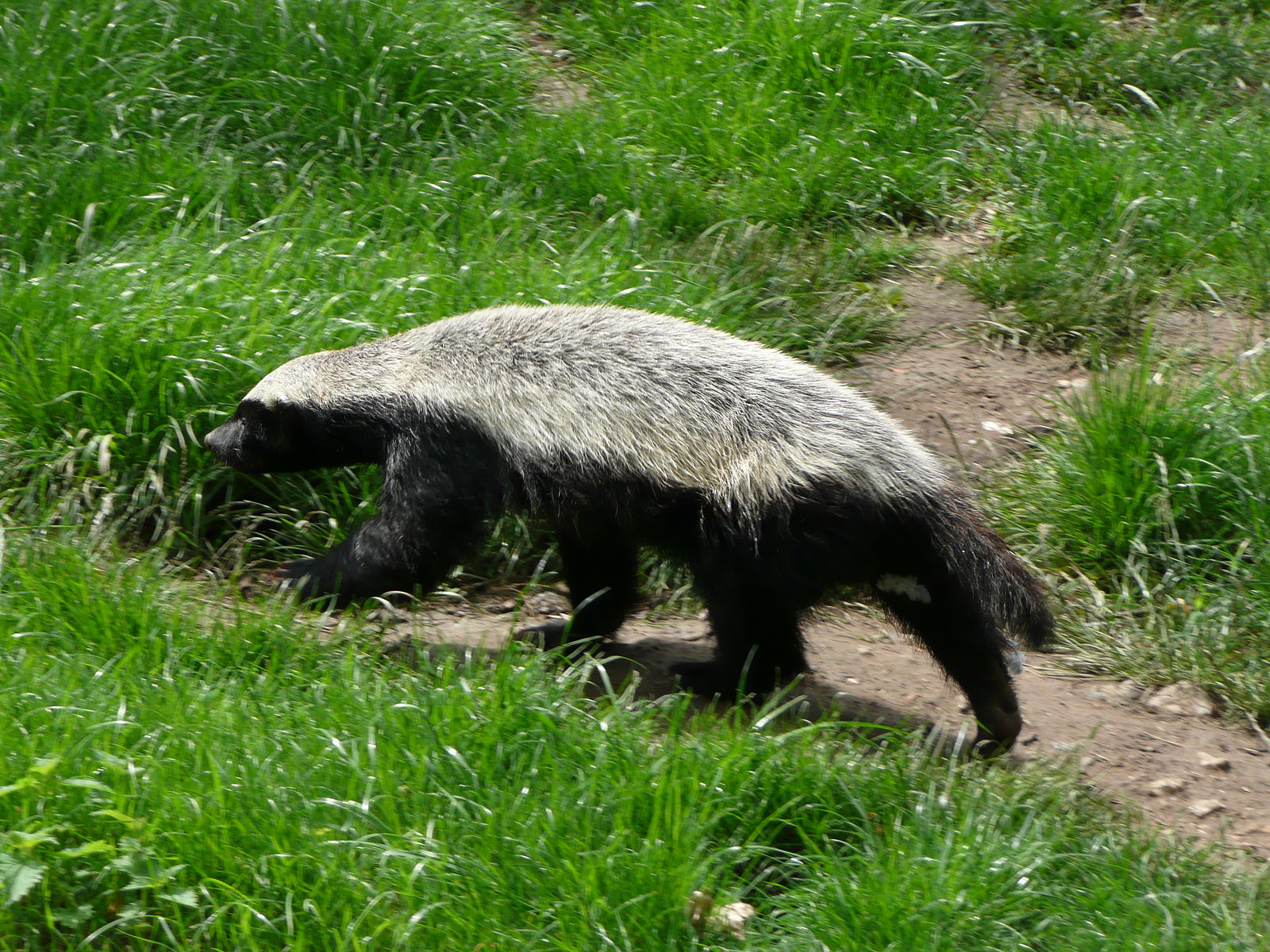
The flagship species of the Kopet Dag Semi-Desert ecoregion is the Turkmenian ratel. Image credit: CT Cooper, Creative Commons
This ecoregion lies largely within Turkmenistan, reaching into a small area of Northeastern Iran. Fringing the magnificent Kopet Dag Mountains, it spans the transition zone between foothills and vast lowland desert. It follows that the climate is also transitional: similar to that of the surrounding desert, but softened by the montane influence. Clay and loess deserts are common in the West and North, which include takyrs, vast areas of smooth clay covered with a hard, cracked crust. In the East, deposits of water-transported material form alluvial fans that give rise to stony deserts. Sagebrushes dominate vegetation, intermixed with white wormwood, bulbous bluegrass, desert sedge, and many other plants of the Artemisia and Seriphidium genera.
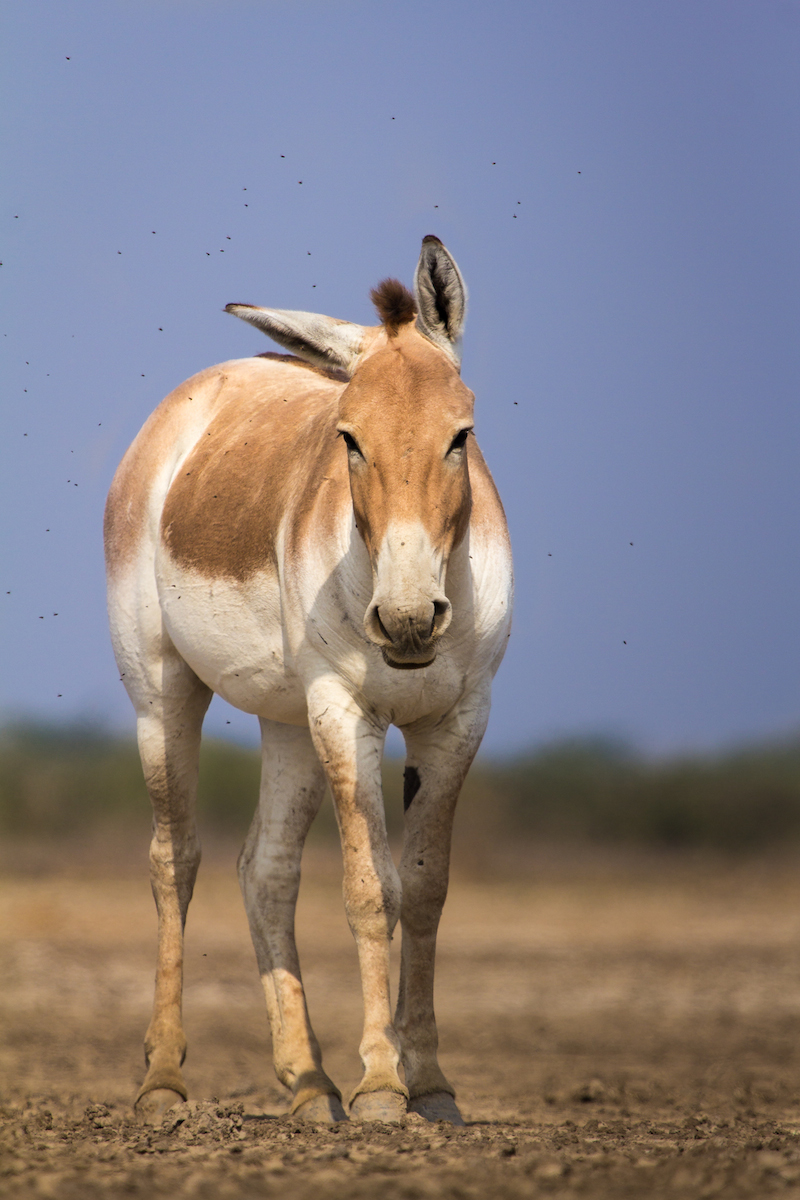
Asiatic wild ass. Image credit: Sumeet Moghe, Creative Commons
Rocks harbour many colourful reptiles, such as desert cat snake, southern even-fingered gecko, and the critically endangered blacktail toadhead agama. Pallid harrier, saker falcon, and Egyptian vulture soar above the plains, and Blanford’s jerboa, great bustard, and MacQueen’s bustard forage amongst the shrubs. A small number of Kulan, a subspecies of Asiatic wild ass, has been reintroduced across several localities in these plains. Small animals account for those endemic to this ecoregion: Golubev’s toad-headed agama, the Jerusalem cricket Magrettia mutica, and the grasshopper Iranella turcmena.
The Northeastern region hosts the main settlements of Turkmenistan, including its capital, Ashgabat. This stretch is widely converted for agriculture; numerous oases are irrigated by small rivers and spring waters from the Kopet Dag Mountains, supporting cultivation of grapes, vegetables, fruits, and cotton. Where the land crosses into Iran in the South, intensive agriculture of wheat and soya is more typical on alluvial plains. Grazing is also a major use of lowlands in both countries, and livestock numbers have dramatically increased in recent decades. Because there are no protected areas in the ecoregion, remaining natural habitat is extremely vulnerable to these human pressures.
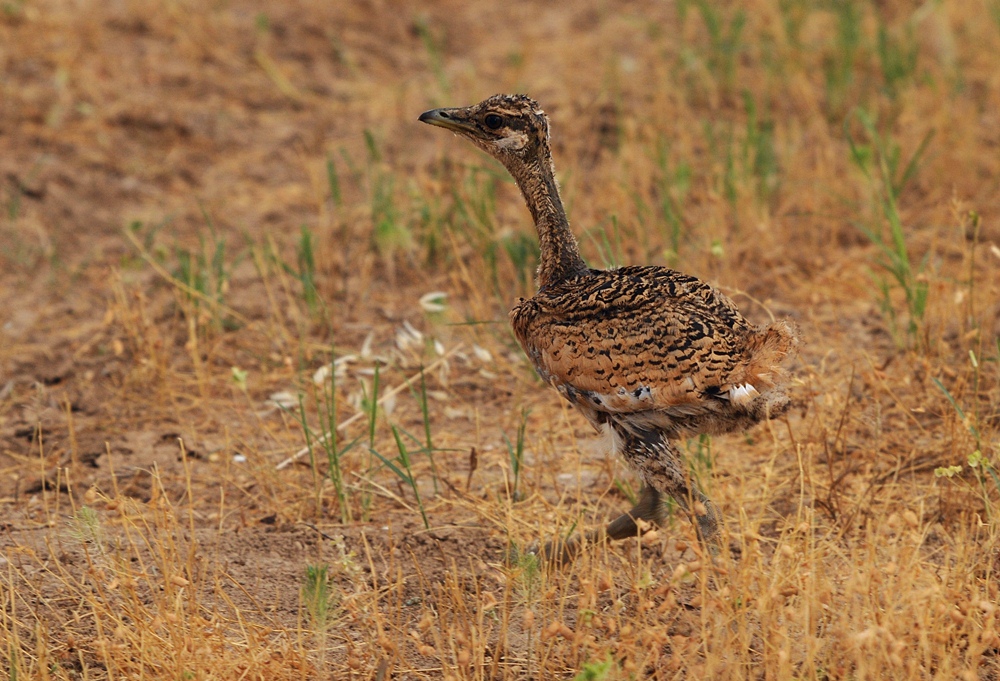
Great bustard. Image credit: Creative Commons
Overgrazing of natural pastures is a major threat. It has given rise to depleted mono-dominant communities, transforming grasslands by reducing species diversity. Furthermore, the submontane plain is naturally prone to soil drought, an effect which is exacerbated by intensive agricultural production; this jeopardizes natural vegetation communities. Turkmenian ratel are listed as endangered: threats include attacks by wild dogs, severe winters, and persecution by small livestock farmers. Conservation action has included the promotion of positive public attitudes to the species, particularly amongst shepherds and hunters, and the need to better study their distribution and ecology has been highlighted.
The priority conservation actions for the next decade will be to: 1) fund research to take accurate inventories of habitats and species to inform management decisions; 2) establish protected areas across biodiversity hotspots and important migration routes; and 3) formulate and implement detailed conservation management plans, ensuring the involvement of local communities.
Citations
1. Fet, V. and Atamuradov, K. eds., 2012. Biogeography and ecology of Turkmenistan (Vol. 72). Springer Science & Business Media.
2. Ministry of Nature Protection of Turkmenistan (2011). Volume 2: Invertebrates and Vertebrates Animals. The Red Data Book of Turkmenistan. Ashgabat.
3. Ministry of Nature Protection of Turkmenistan. 2009. Fourth National Report on Implementation of the UN Convention on Biological Diversity at National Level. Ashgabat.
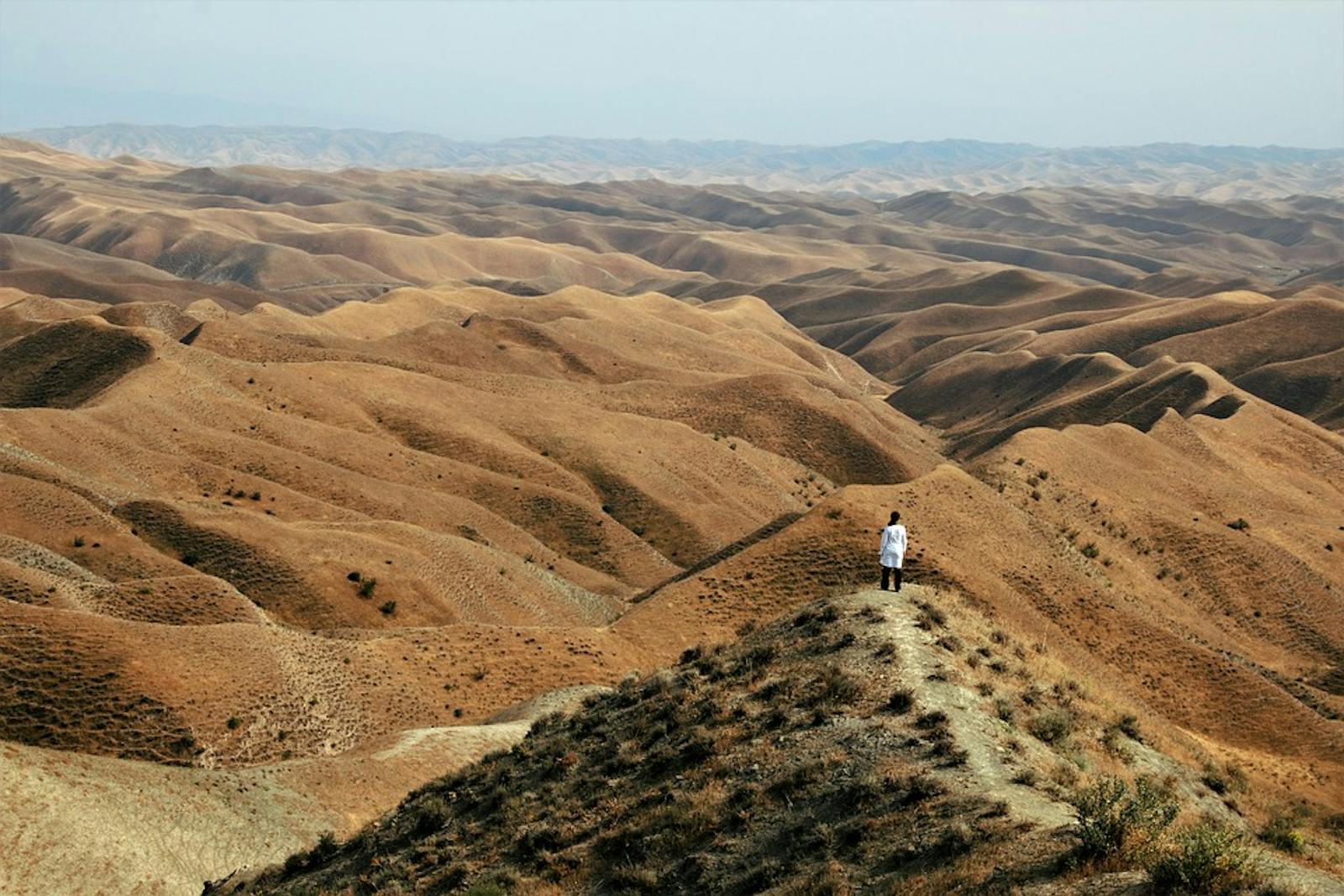
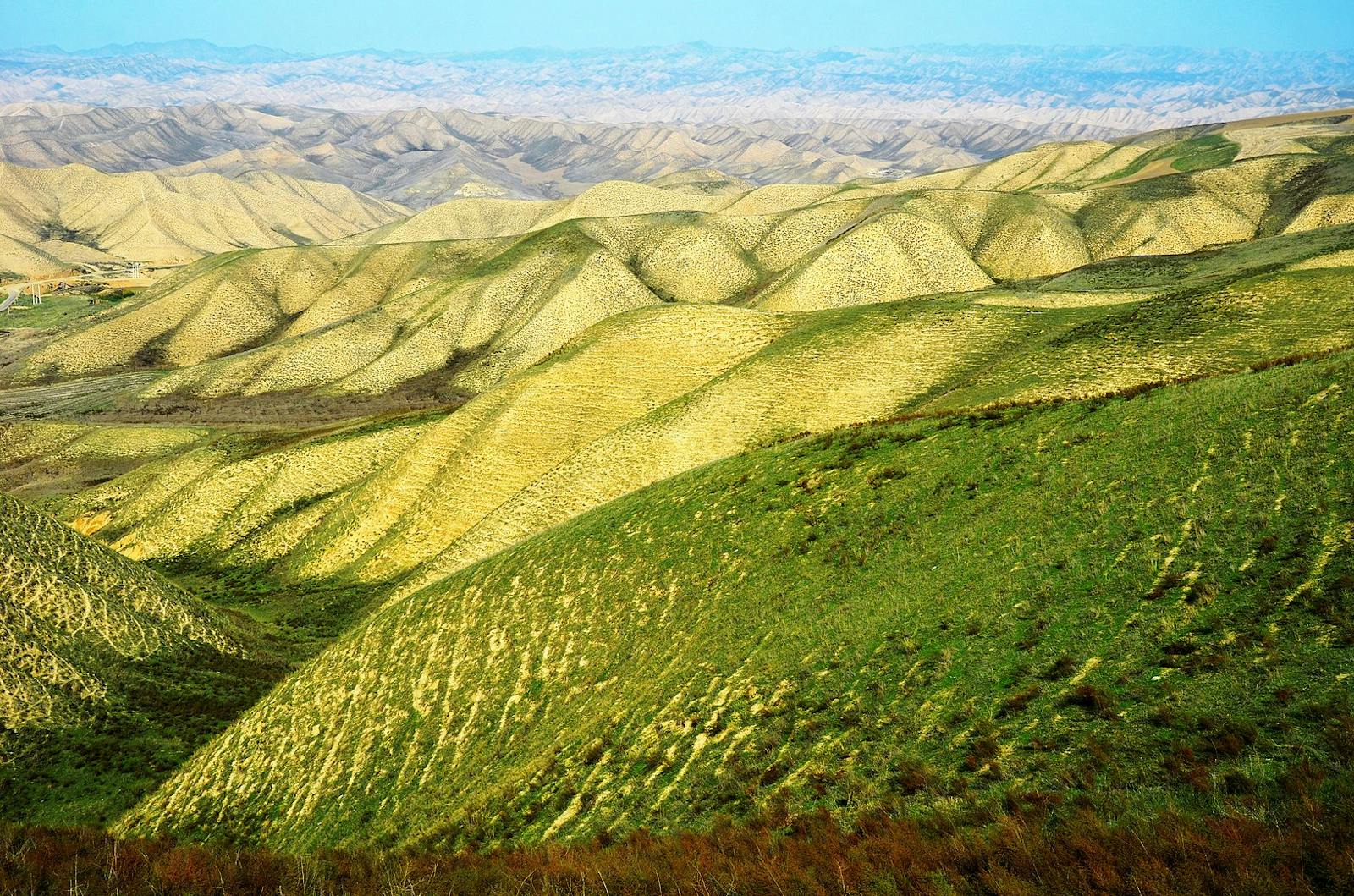
.png?auto=compress%2Cformat&w=300)

